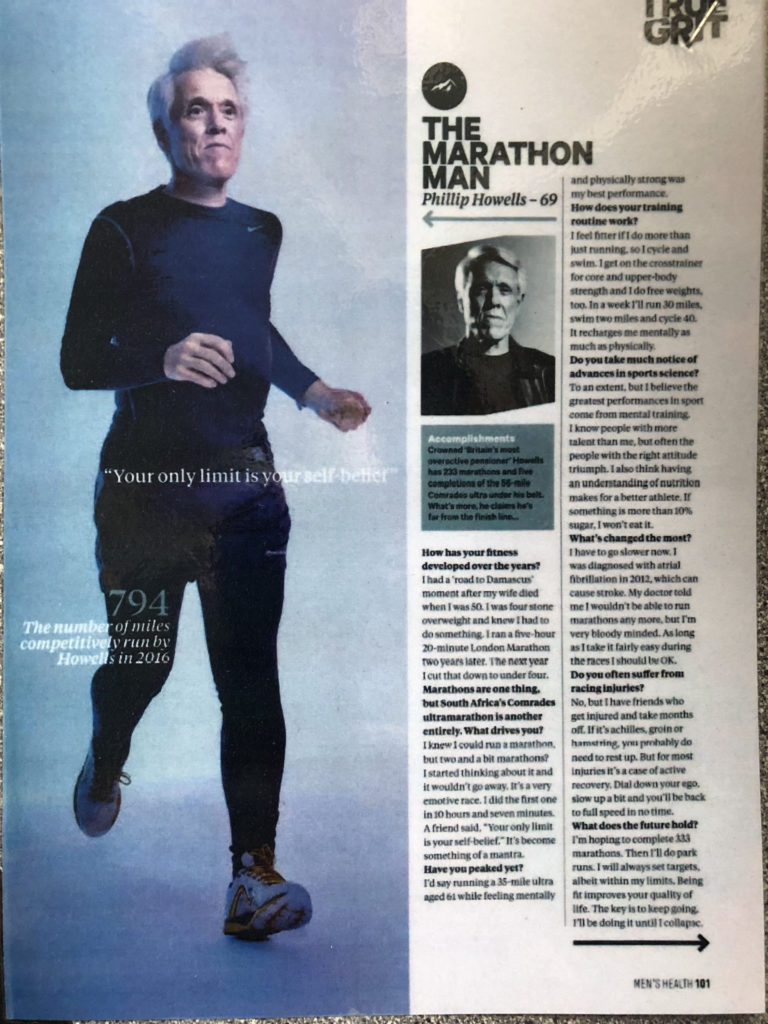David Hesmondhalgh believed companies involved in cultural industries were motivated by profit rather than a duty to public service broadcasting. No one was going to invest in a newspaper which targeted a niche audience unless it was going to make money. However, the social and political context of the early 1980s offered the founder of The Voice, Val McCalla, an opportunity to raise the funds needed for such a risky venture.
McCalla secured £62,000 from Barclays with the backing of the Loan Guarantee Scheme which was part of a series of initiatives set up by Margaret Thatcher’s government to help unemployed people start their own business. The Voice enterprise was a success and the bank loan was paid off within five years.
The relationship between producers and audiences has also shifted. The publishers promote their content on various social media channels: Facebook, Twitter, YouTube and Instagram. Most posts will direct you to the main website, but The Voice will also retweet and share posts from other institutions to increase the level of engagement with their primary audience.
Although this connection and level of interactivity is expected by digital natives, an older audience might still prefer the feel of print between their fingers.
Has historical and cultural significance in its origins as the UK’s first newspaper aimed specifically at a black British audience, dealing with relevant political and social issues. The website continues this function but is perhaps considered more mainstream and less political than in the past. The economic context can be explored through a consideration of the nature of the production and distribution and move to online content to reach a wider audience and attract advertisers.
Representation
Before the introduction of The Voice, the black press in Britain targeted first-generation immigrants. Newspapers, such as The Caribbean Times and West Africa, kept the diaspora up to date about news about the old countries. The Voice was different. It wanted to publish stories which were relevant to the second generation who were born and raised in Britain.
They were eager to create a countertype to the negative portrayals of black people often represented in the mainstream media. This was particularly important after the civil unrest across England in 1981.
Specific post
The social share buttons are provided by the AddThis – a company which aims to help businesses “develop a more personal and effective relationships with their current and future customers”. Looking like a natural part of the webpage experience because of the inline design and use of brand colour (#d41224), the share buttons are a subtle way to encourage readers to share the articles on their own social channels and become ambassadors for The Voice.
Language
Value black people and like to make them feel superior and strong and independent. They bring racist issues and discrimination problems to the light to relate to their specific audience= they use images of mainly black people to get their views and values across and to attract their target audience. They also have quite a colourful website to show support for ‘coloured’ people and present it in a much more positive term. The images used are often not photoshopped and are natural, giving a real view of people which could better relate to their audience.
Semiotics- the voice presents content of mainly black people- world is becoming more diverse and is not based on only white people in the media. The title ‘The Voice’ signifies the voice they give to black people.
Industries
Founded in 1982, based in London and is published every Thursday. First issue of The Voice was printed to coincide with the Notting Hill Carnival in August 1982. Its cover price was 54 pence, and was only sold in London. In 1981, the Brixton race riots shone a spotlight on race relations in Britain.
^The Voice emerged in 1982 partly as a result of these riots – both due to the need to offer a voice and representation to black Britons and also due to a business loan from Barclays Bank. The bank was keen at the time to improve their reputation with the black community due to investments in Apartheid South Africa.
Is a commercial media product but could also be seen as fulfilling a public service through its targeting of an ethnic minority audience. The website also demonstrates the way that news institutions have had to respond to new technology through The Voice’s bi-media presence and use of convergence.
Audiences
The Voice’s target audience is black people, more specifically, black Britons.
They successfully target them by producing content that they can relate to.
They follow the cultural stereotypes yet go against all negative stereotypes that the media may have placed on black people, in relation to Stuart Hall
The Voice produces quite unique and specific content which is very relatable to the audience and also gives them a voice. Gives a sense of audience pleasures, relating to the uses and gratifications theory.
SPECIFIC: ‘Cast for ‘Black Superhero’ revealed’ entertainment article relates to target audience by talking about the Jeffery Dahmer series, in which the majority of his victims were black individuals. The quote ‘many of us brown boys who like men have, for the most part, been culturally starved of since we entered this world’ relating to the black target audience as many black individuals feel that they are negatively stereotyped meaning that they can relate to the article. This links to the uses and gratifications theory by Katz, Gurevitch and Haas, as it suggests that the audience will be receiving a sense of social audience pleasures such as knowledge about the world and strengthening of connections with their community.




